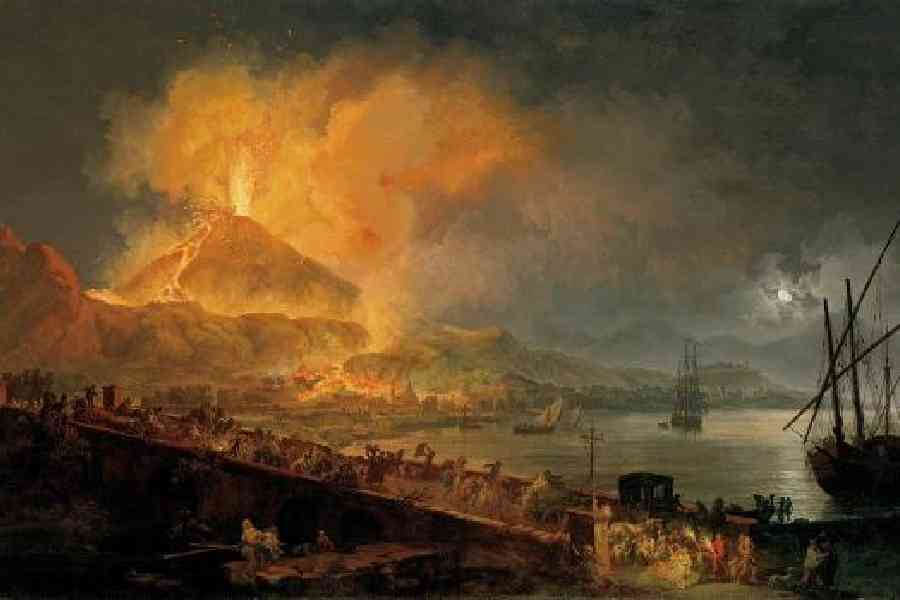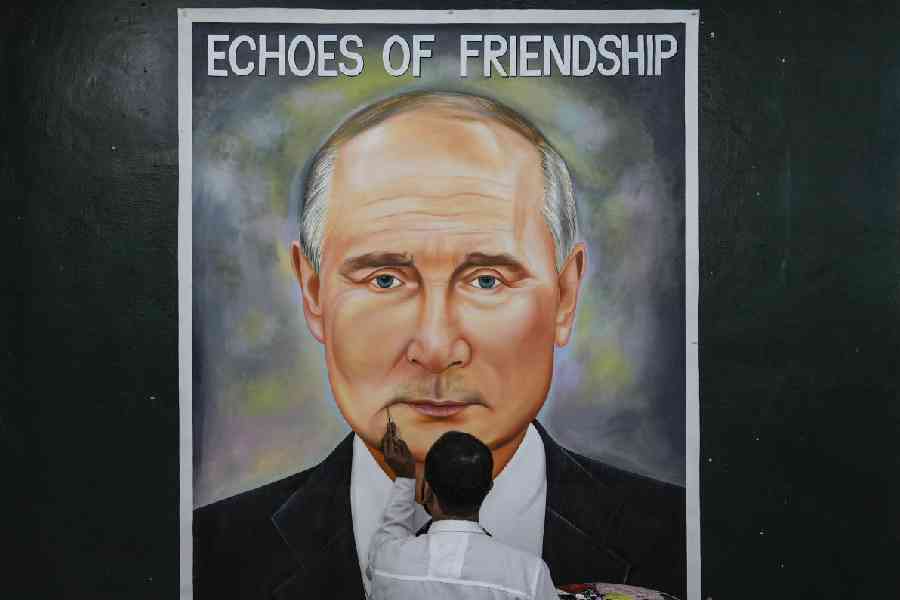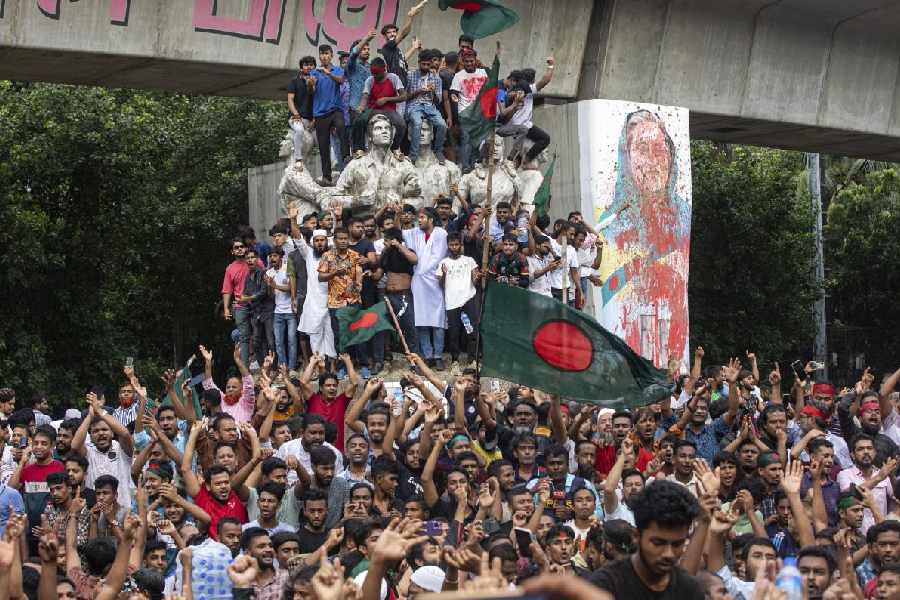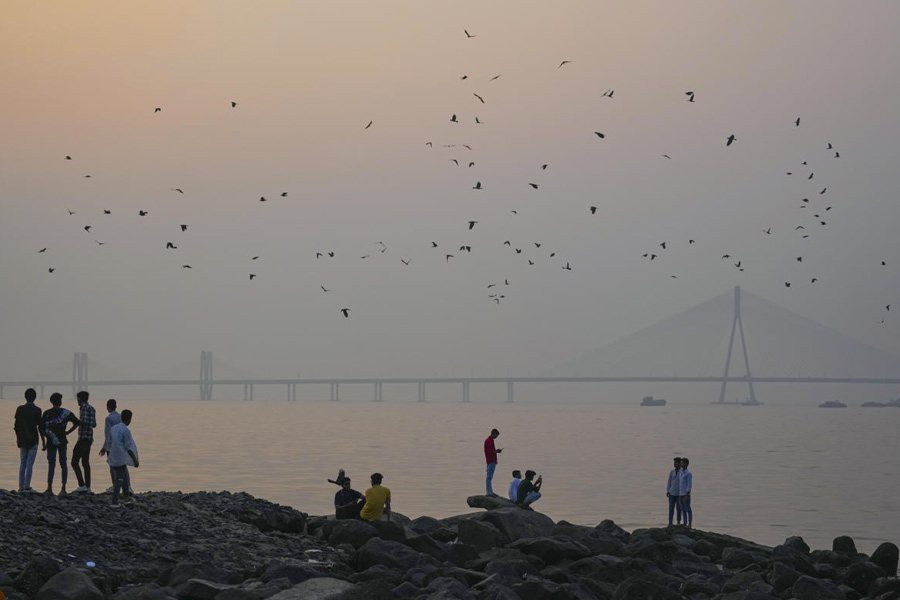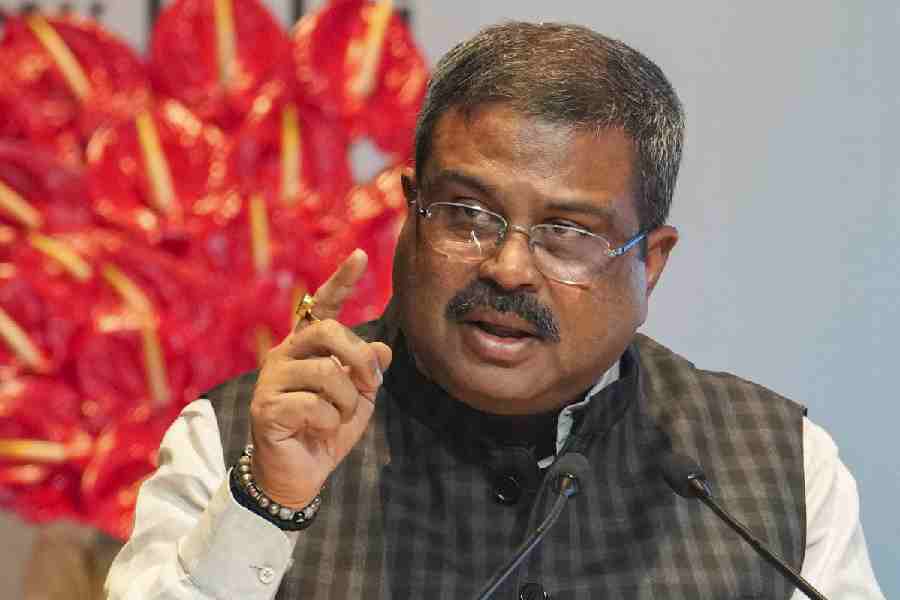Book name- THE BURIED CITY: UNEARTHING THE REAL POMPEII
Author- Gabriel Zuchtriegel
Published by- Hodder
Price- Rs 699
Those hoping to be enlightened about the horrifying details of Pompeii’s destruction in the wrath of Vesuvius almost two thousand years ago are likely to be disappointed by Gabriel Zuchtriegel’s book. This is because The Buried City, penned by the first foreign and probably one of the youngest directors of Pompei’s archeological treasures, is not a historical reconstruction of the ancient city’s death. The closest that Zuchtriegel comes to offering glimpses of that fatal summer day is in the first chapter. He should have persisted a bit more along this line because the passages make for eerie, but compelling, reading: “The top of the mountain literally exploded… A cloud of ‘unusual size and form’ took shape, which Pliny [a witness to Pompeii’s destruction] compared to a pine tree… Soon it began to rain small pumice stones… the stone rain was to last between eighteen and nineteen hours… Worse was to come.”
What Zuchtriegel mostly reflects on are profound philosophical questions that tie up ideas concerning knowledge, pedagogy, artistic traditions and the resultant delicate dilemmas. For instance, he argues that art — the naked ‘bronze boy’ in the House of Marcus Fabius Rufus in Pompeii being a case in point — functioned as an intermediary between the explicit homoeroticism of the Greek tradition and its nervous accommodation in Roman ethics and aesthetics. Elsewhere, the cultural and moral tension between the cult of Dionysus and Roman faith is well-examined too. But what is likely to draw the lay reader to The Buried City is Zuchtriegel’s ruminations that fuse the philosophical with the mundane. He ponders, for example, on the vacuous modern ritual, that touristy urge, to visit historical sites — Pompeii being one — as a means of “accumulating experience” as opposed to the immersion of the self, and one’s spirit, in a place of antiquity. Zuchtriegel writes: “Explaining a work of art, an ancient city or an entire culture is like planting a seed. You can perfect the technique of sowing, you can water, fertilise, tend and nurture. But it needs something else to succeed: fertile ground. The fertile ground is your audience’s capacity to let this seed grow.” More than anything else, The Buried City is a cerebral entreaty to Pompeii’s visitors to be invested, mind and spirit, in this city that has defied time and nature.
Admittedly, Zuchtriegel himself is responsible for occasionally disrupting the reader’s contemplation on Pompeii. He can ramble; he seems to be fond of recounting his persecution — Zuchtriegel’s personal tribulations as director are many — as much as
he is fond of ‘unearthing the real Pompeii’ to the uninitiated; his scholarly expositions are not evenly engaging either.
But most of his views and beliefs on a wide range of themes linger — just as Pompeii would — on the mind of the reader.

